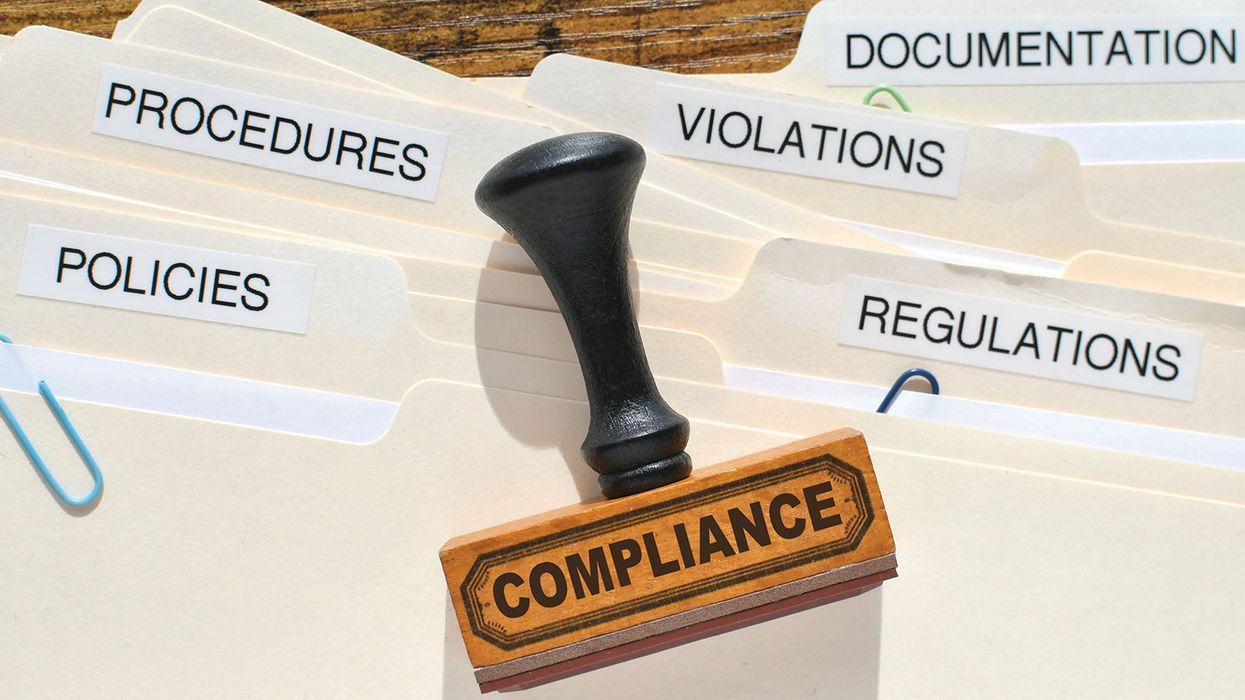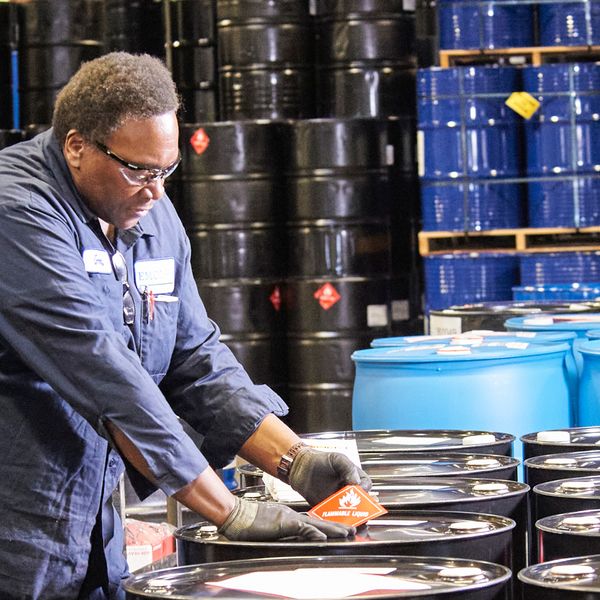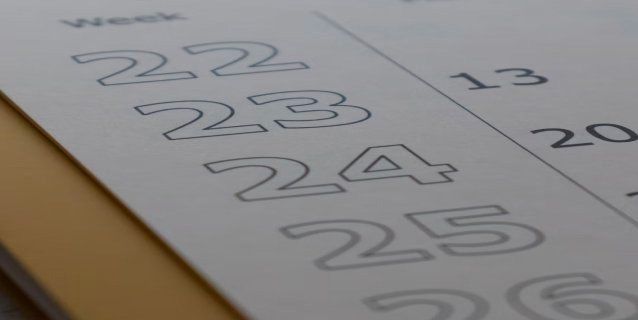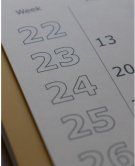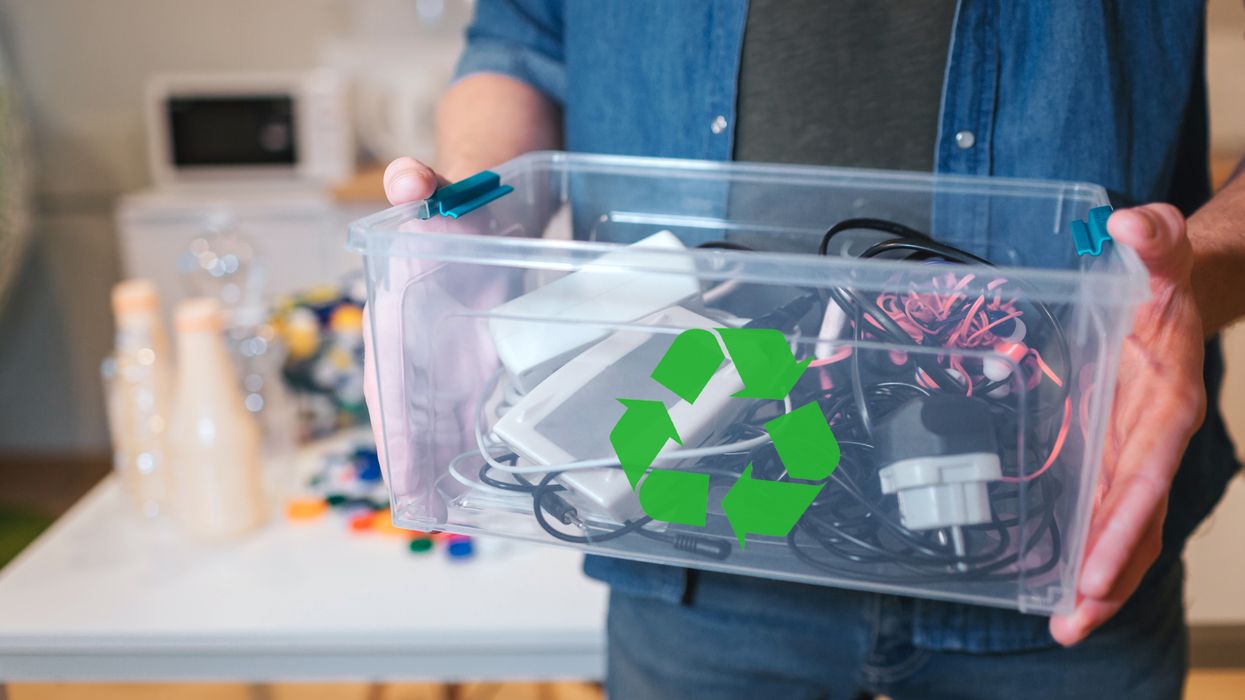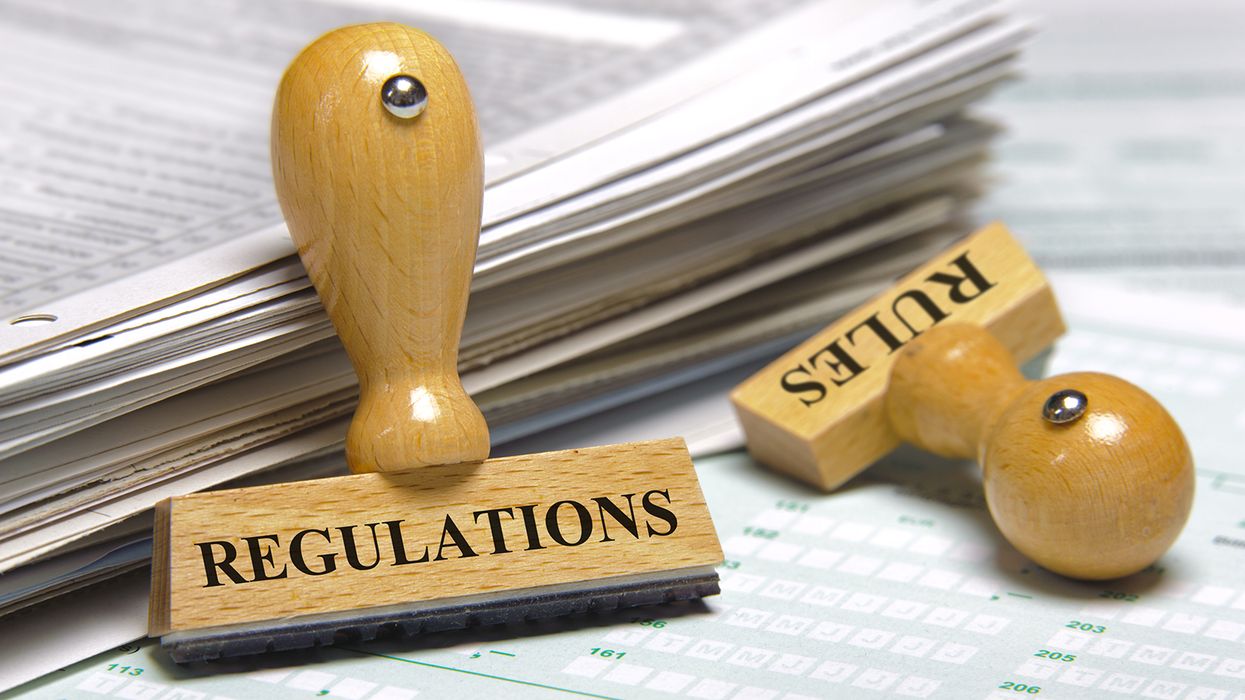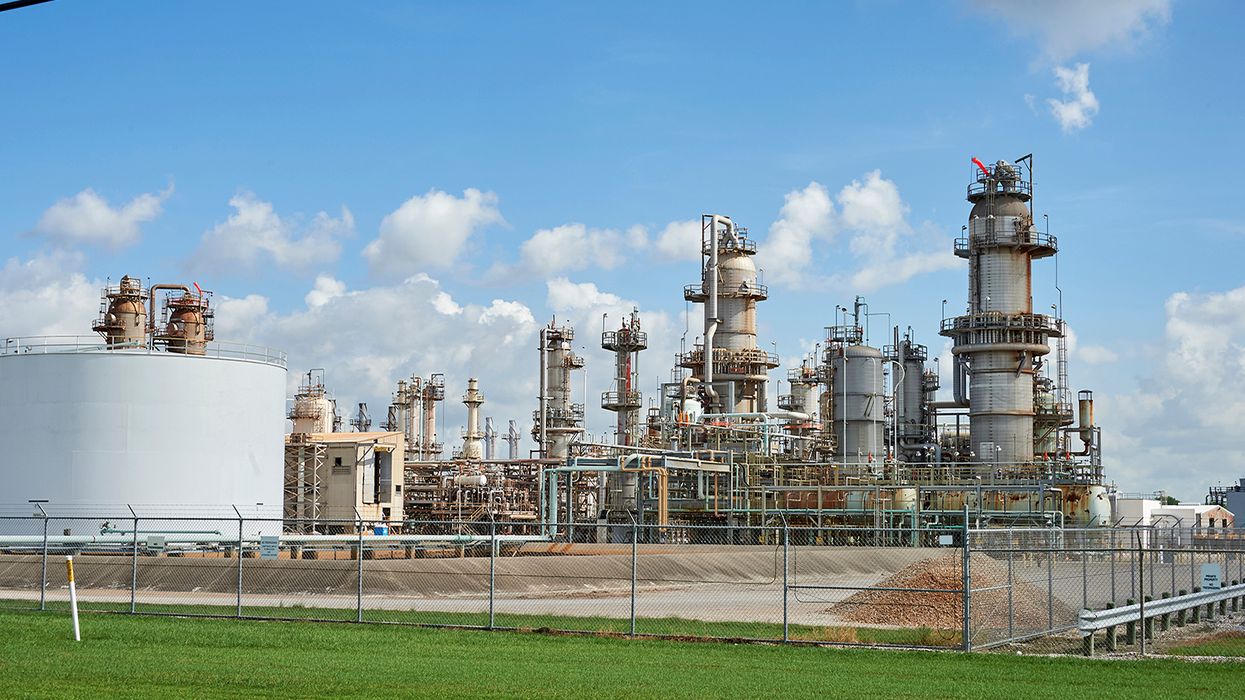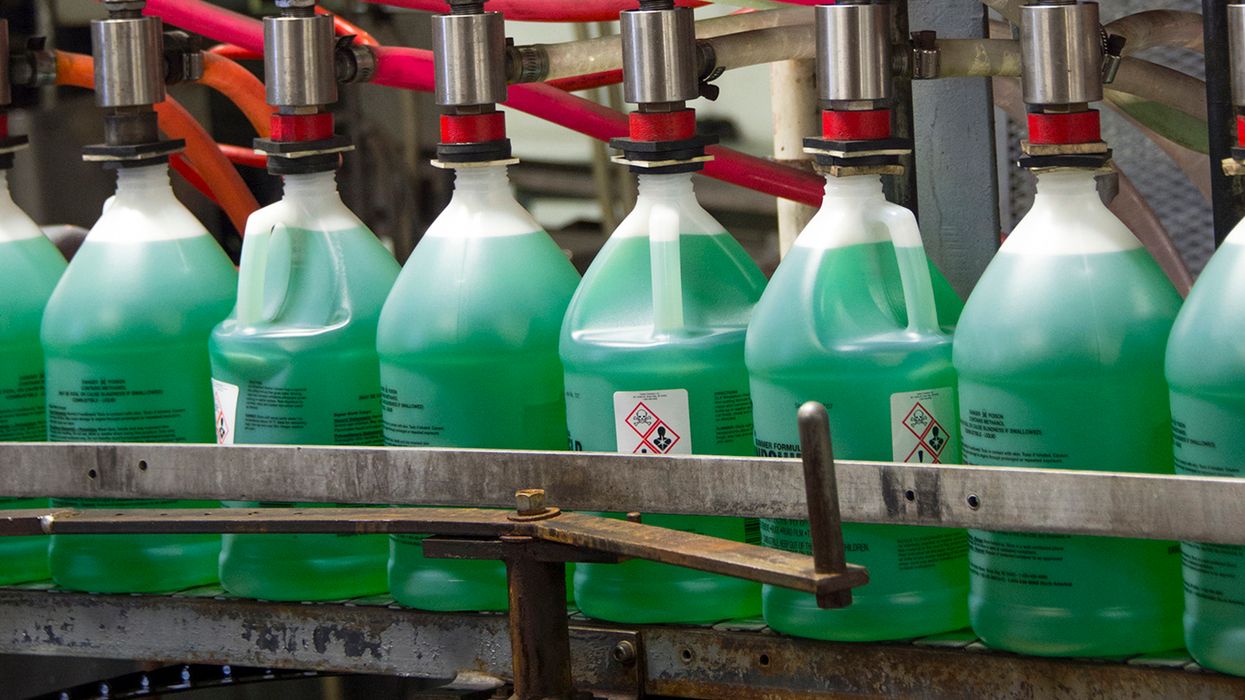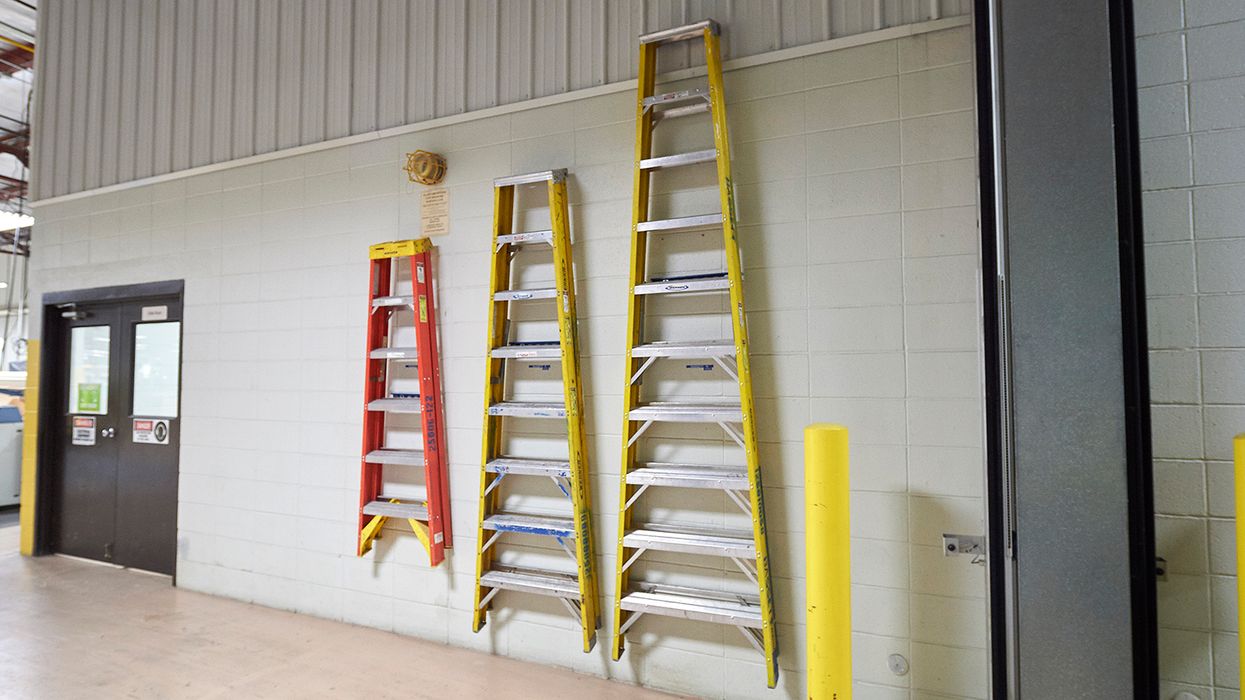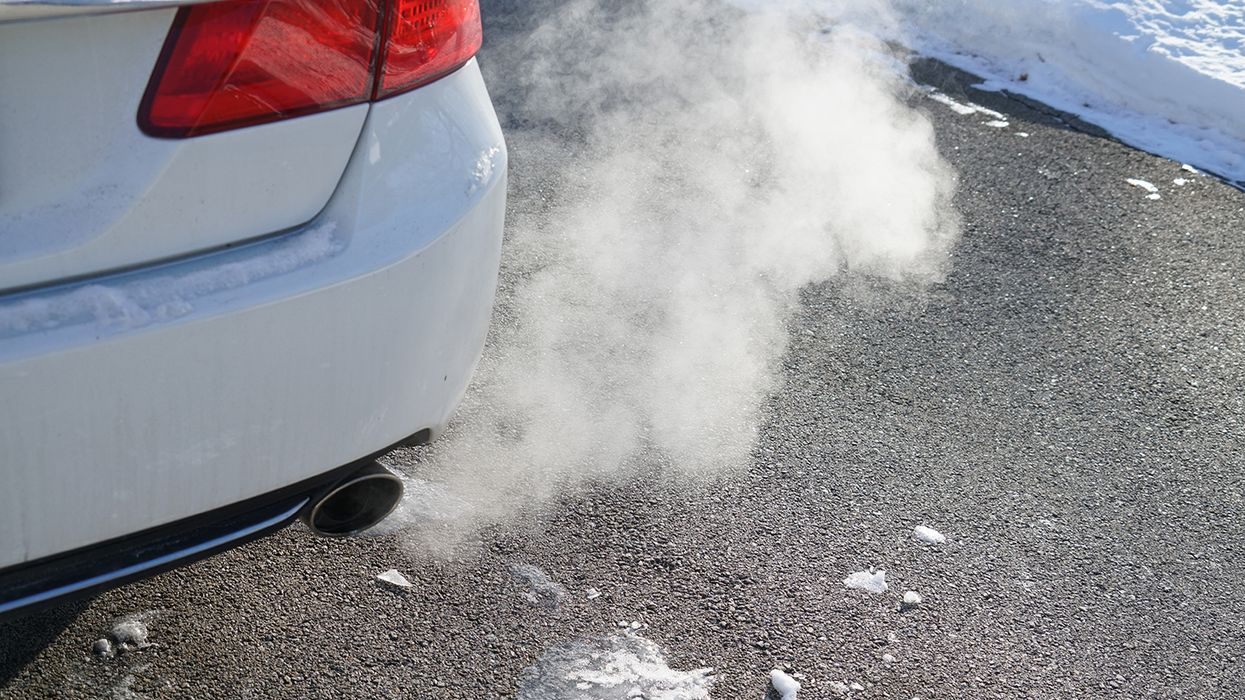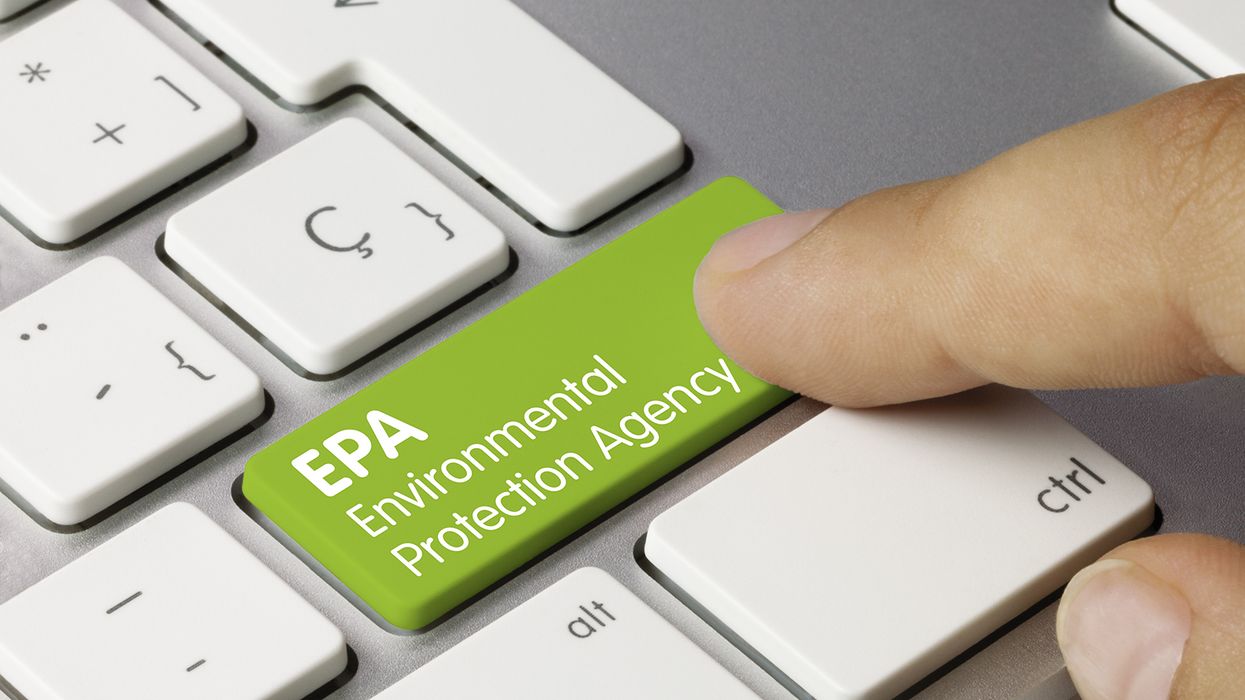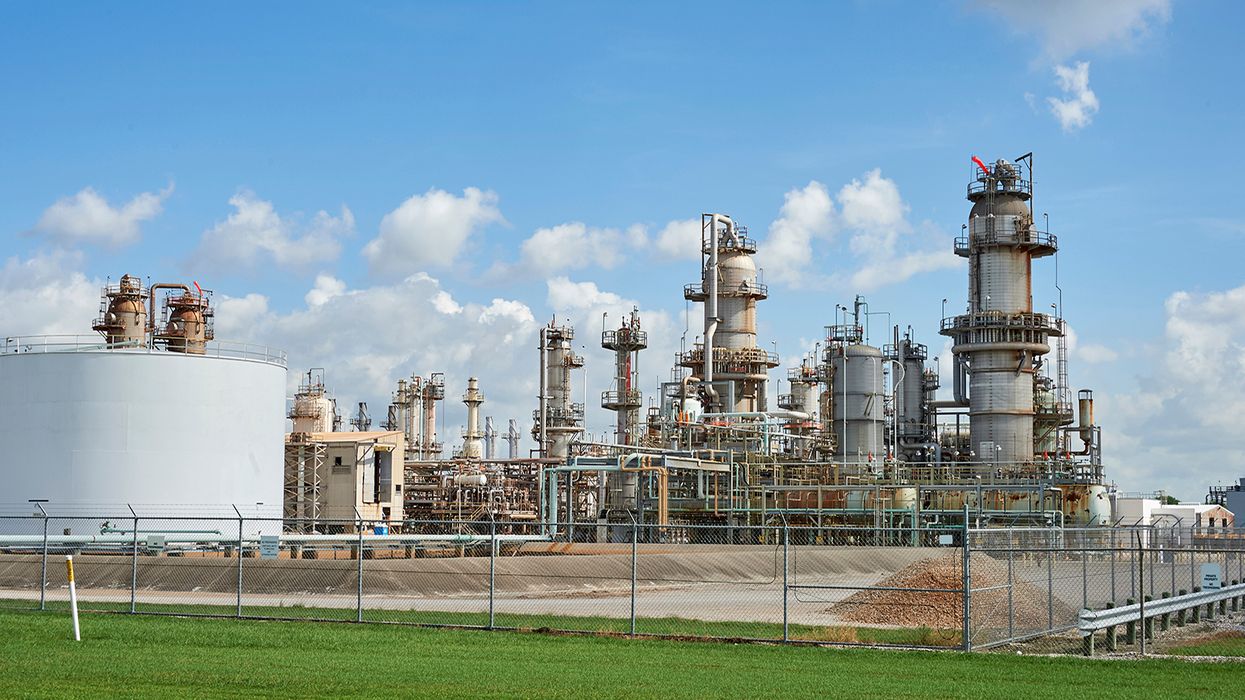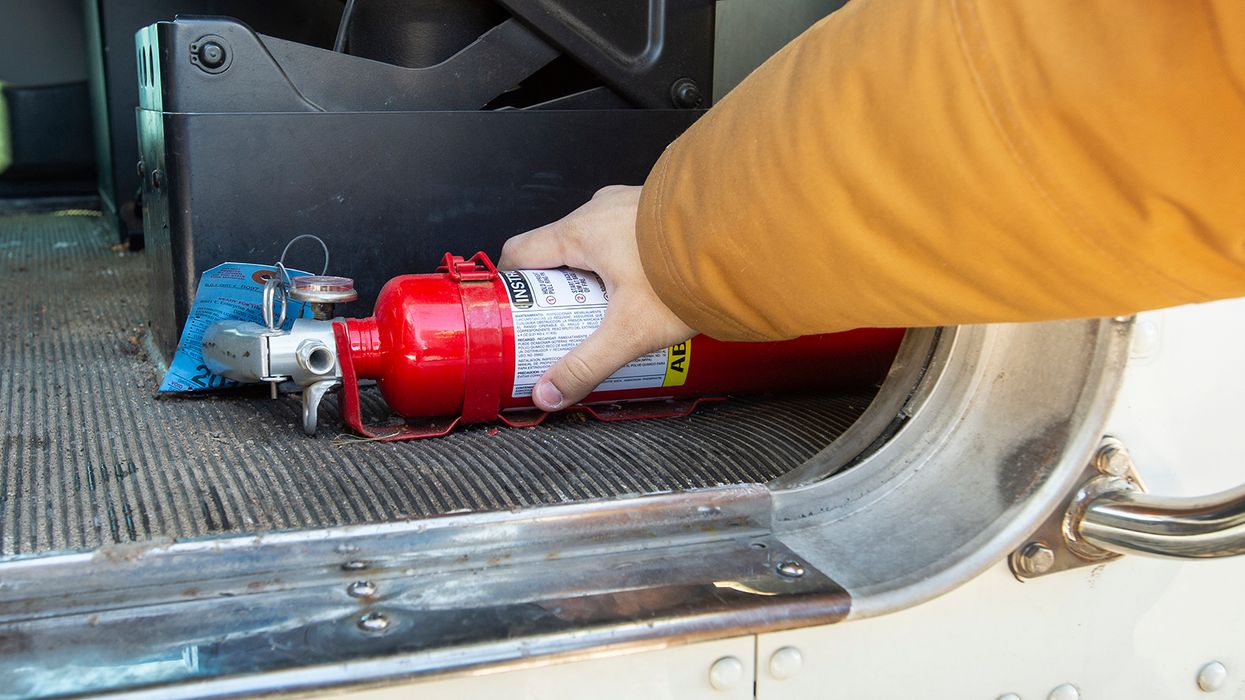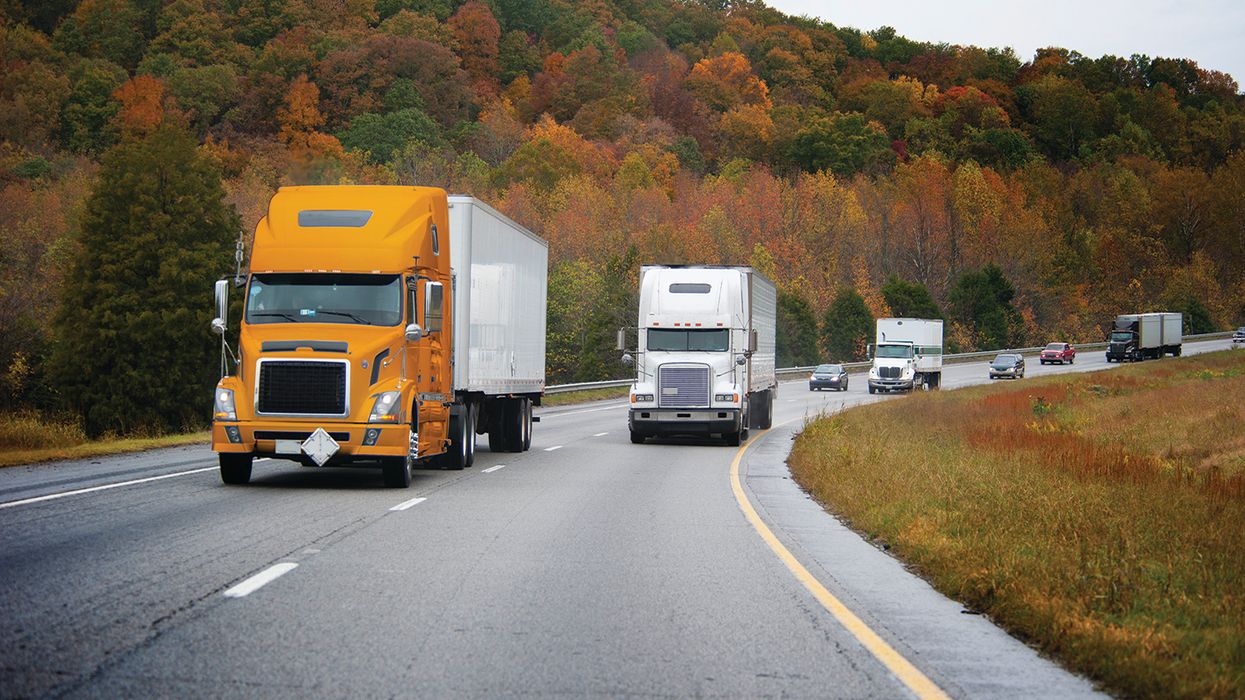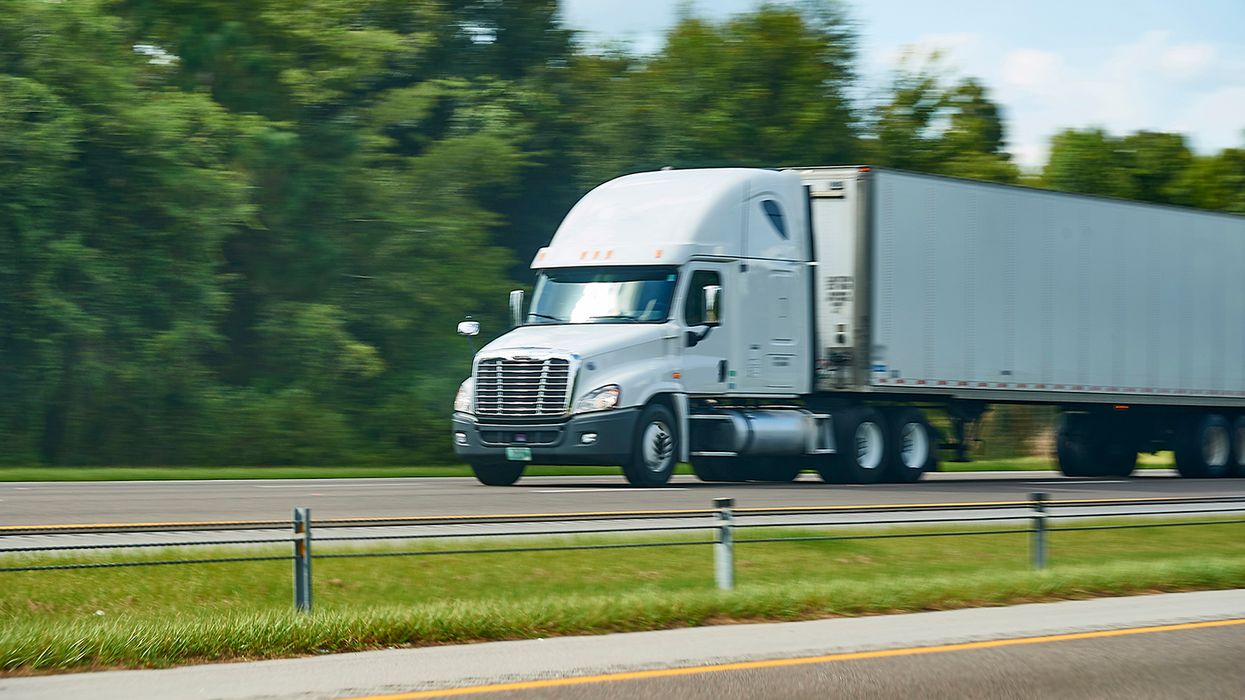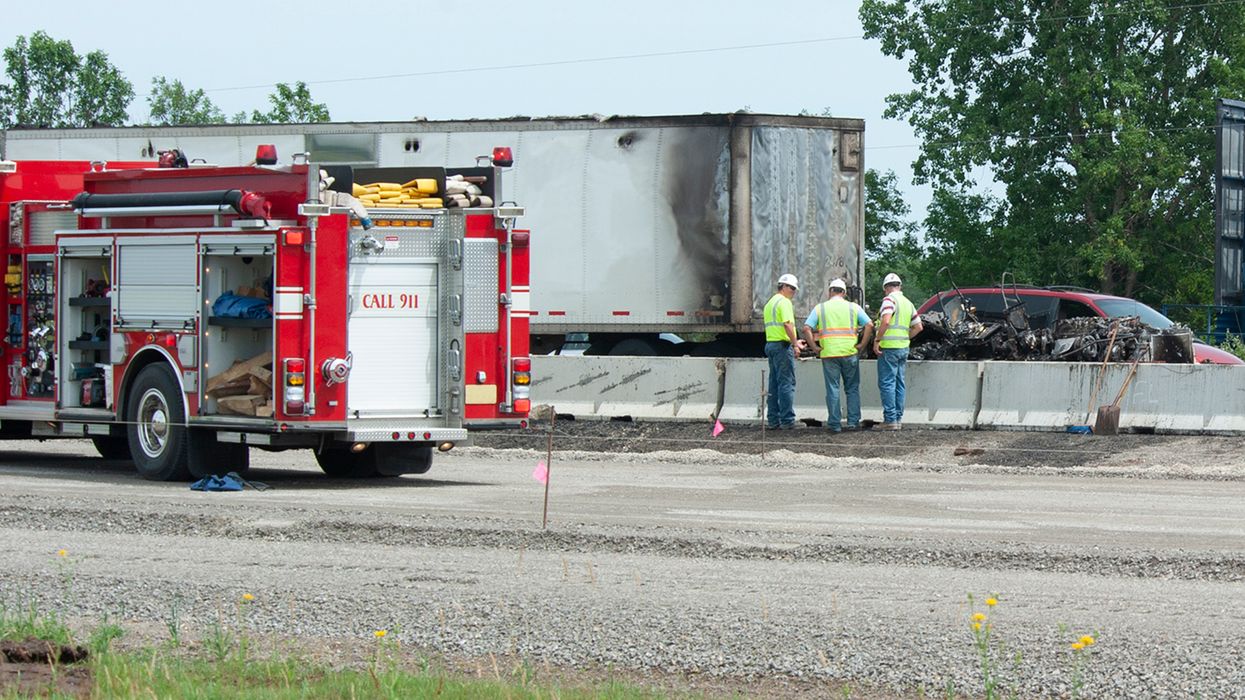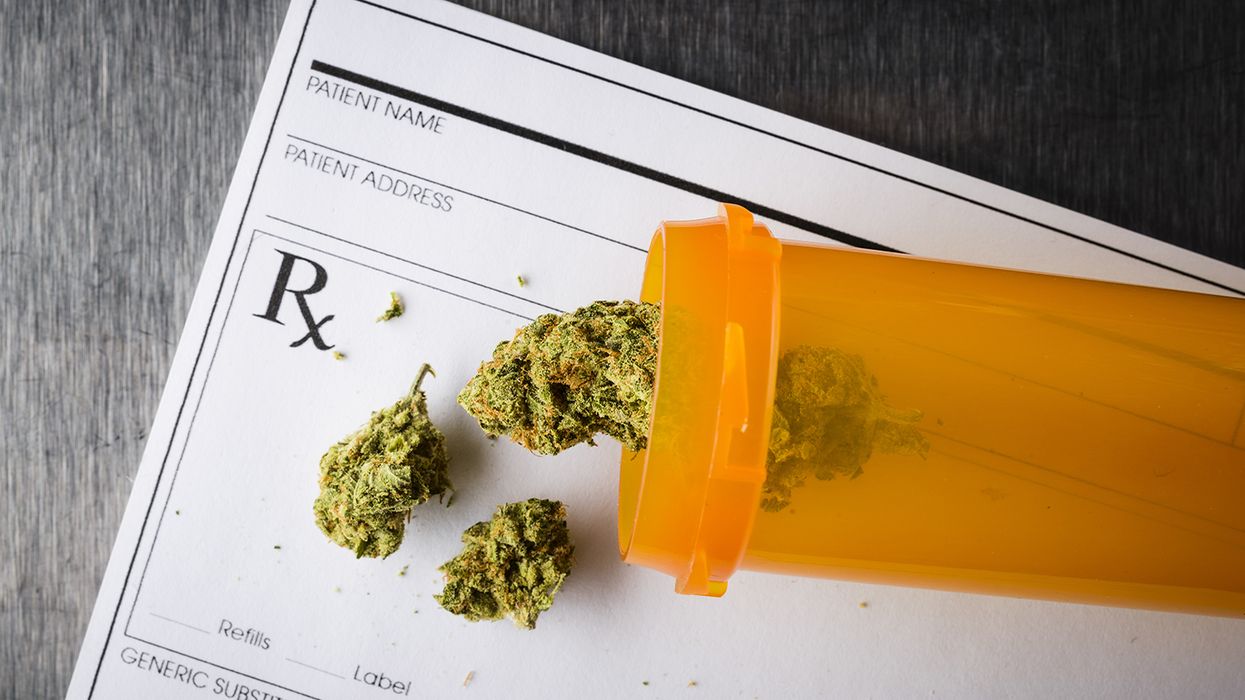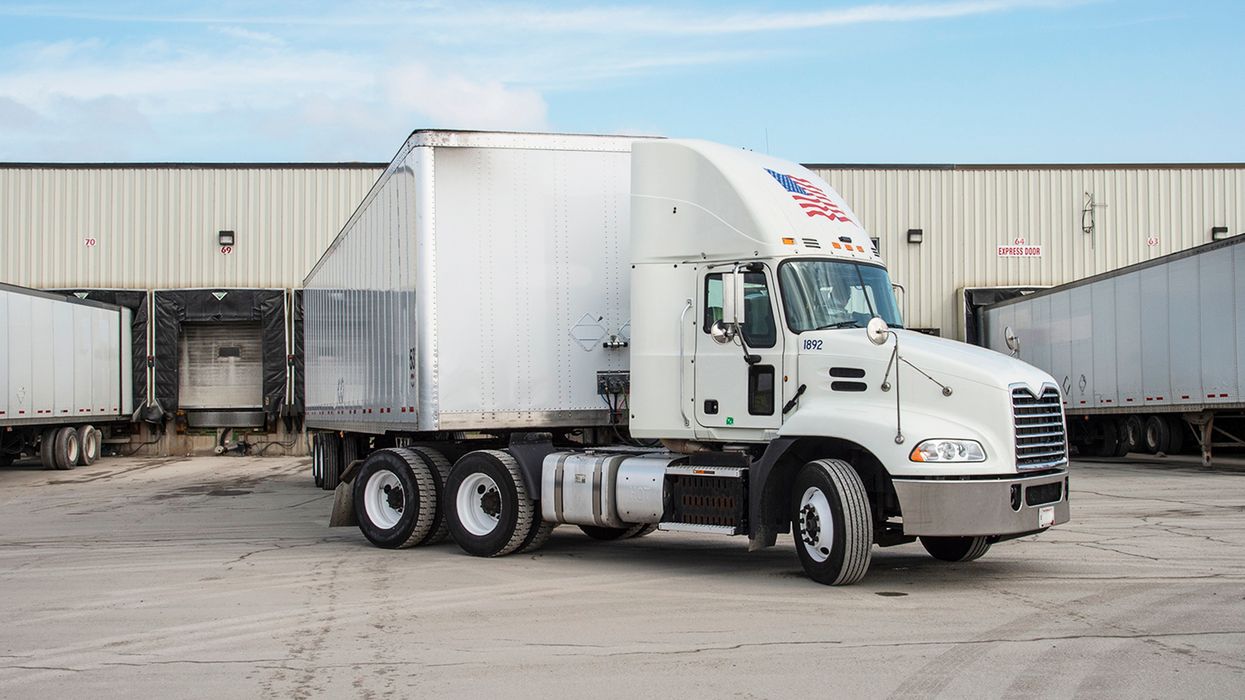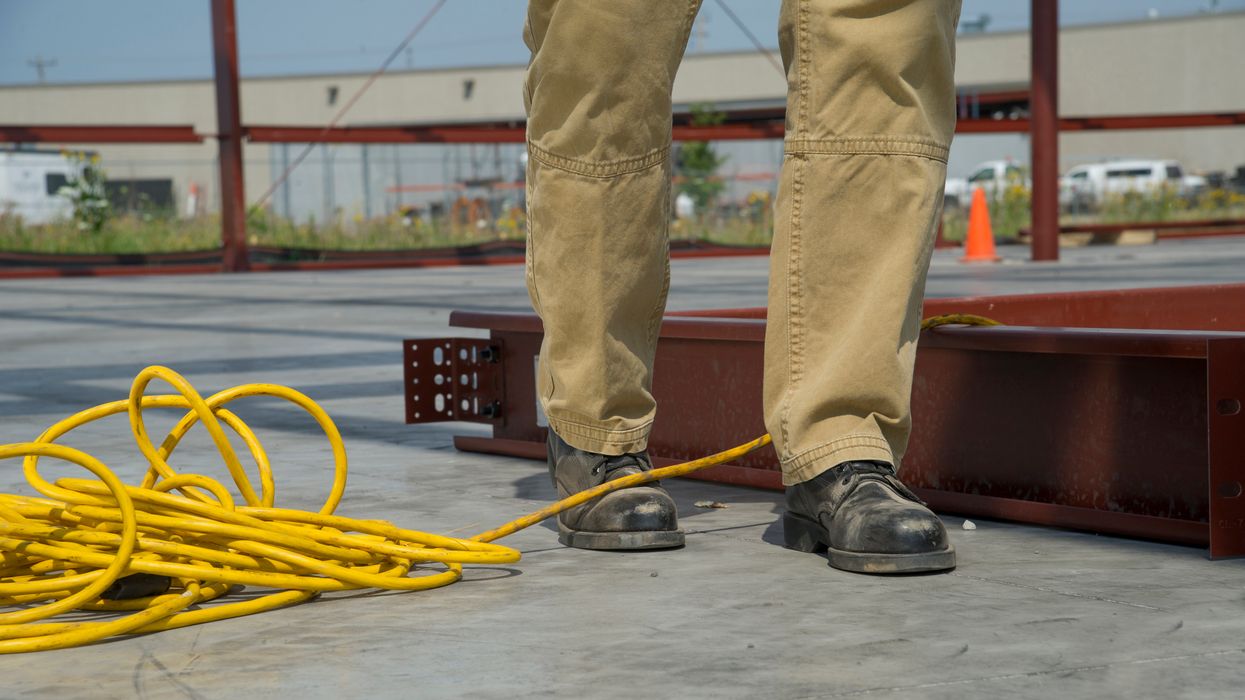Navigating EPA’s solvent-contaminated wipes rule: A guide for employers
In an effort to streamline hazardous waste regulations and encourage responsible practices, the U.S. Environmental Protection Agency (EPA) finalized the Solvent-Contaminated Wipes Rule in 2013 (codified under 40 CFR 261.4(a)(26) for exclusions and 261.4(b)(18) for exemptions). The rule makes it easier for businesses to manage certain used rags and wipes. If your company uses rags or shop towels with cleaning solvents on them, this rule can help you reduce the regulatory burden of managing wipes as hazardous waste, but only if you follow the EPA’s conditions closely.
What is the solvent-contaminated wipes rule?
The EPA’s rule states that used wipes with certain cleaning solvents on them does not have to be treated as hazardous waste. The types of wipes or rags that apply are:
- Reusable wipes such as cloth shop towels that are laundered and reused.
- Wipes like paper towels or single use rags that are disposed of as solid waste or incinerated for energy.
What type of wipes and solvents qualify?
It is important to remember that this rule only applies to wipes that are used with specific types of solvents. So, if the rags are contaminated with oils, paints, or other types of chemicals, they would not qualify for the exemption. Also, the wipes cannot be dripping wet or as EPA states “No free liquids.” Common solvents allowed under the rule are:
- Acetone
- Isopropyl alcohol
- MEK (Methyl Ethyl Ketone)
- Toluene or Xylene
How to manage wipes that are exempt:
- Store wipes correctly – used wipes should be kept in sealed and leak proof containers, labeled as “Excluded solvent-contaminated wipes,” and only open the containers when adding or removing wipes.
- No free Liquids – wipes must not drip or leak solvent. A common way to test for this is using a basic “paint filter test” (if liquid drips through, it fails). Free liquids that are removed must be treated as hazardous waste.
- Time limits – generators may accumulate wipes for up to 180 days from the start date of accumulation.
- Use approved facilities – If you are reusing wipes, send them to a permitted industrial laundry or cleaning service. If you are disposing of wipes send them to a permitted landfill or incinerator.
- Keep records – keep records for at least three years and include where the wipes were sent, what solvent was used, and when the wipes were shipped off-site.
State Implementation
While the EPA rule applies at the federal level, states with authorized RCRA programs may have more stringent or different rules. For example, California does not adopt this exclusion and regulates solvent wipes as hazardous waste unless they are truly clean. Employers should always check with their state environmental agency to confirm alignment or differences from the federal rule.
The solvent wipes rule is a great opportunity for businesses to reduce waste costs and paperwork—but only if you follow the conditions. With good storage, labeling, and record-keeping, most shops and facilities can stay in compliance without too much trouble. It is an easy way to stay legal and keep operations running smoothly.
Keys to remember: The EPA allows certain solvent-contaminated wipes to be excluded from hazardous waste if they’re managed and stored properly, contain no free liquids, labeled correctly, and sent to approved facilities within 180 days.

